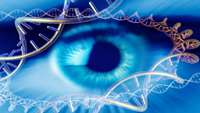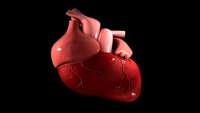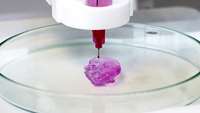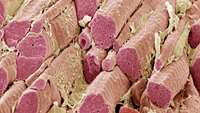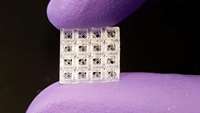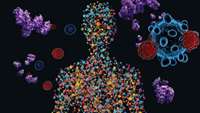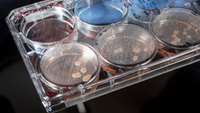Patients improve after heart cell therapy
The therapeutic, known as CAP-1002, contains cardiosphere-derived cells (CDCs) that are grown in the laboratory from human heart tissues
New bioink brings 3D-printing of human organs closer to reality
Researchers at Lund University in Sweden have designed a new bioink which allows small human-sized airways to be 3D-bioprinted with the help of patient cells for the first time.
Novel bioengineering approach could aid muscle regeneration
In efforts to restore muscle lost, researchers from Wake Forest Institute for Regenerative Medicine (NC, USA), Sungkyunkwan University (Seoul, South Korea) and Chonnam National University (Gwangju, South Korea) have developed an efficient bioengineering technique for muscle regeneration and functional restoration in injured rats. The results of their study are published in Applied Physics Reviews.
Lego-inspired bone and soft tissue repair with tiny, 3D-printed bricks
Tiny, 3-D-printed bricks have been designed to heal broken bones—and could one day lead to lab-made organs for human transplant.
Transition to exhaustion: Clues for cancer immunotherapy
Research on immune cells "exhausted" by chronic viral infection provides clues on how to refine cancer immunotherapy. The results are scheduled for publication in Immunity.
A potentially safer, more effective gene therapy vector for blood disorders
Researchers at Children's Hospital of Philadelphia (CHOP) have developed a gene therapy vector for blood disorders like sickle cell disease and beta-thalassemia that is potentially safer and more effective than those currently used in gene therapy trials for those conditions.



